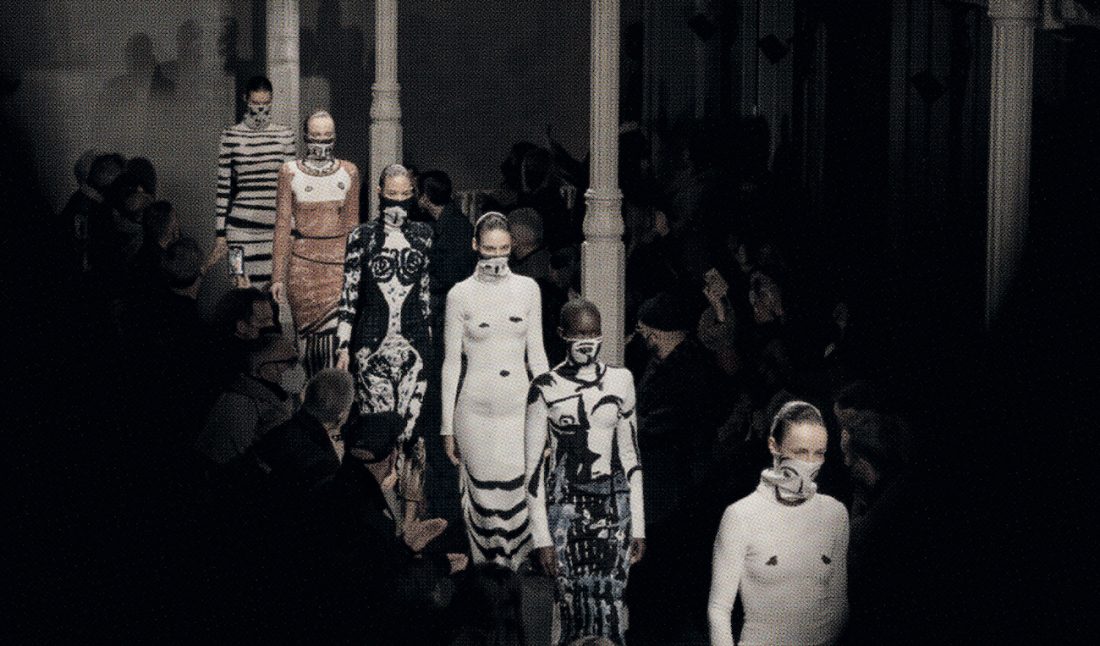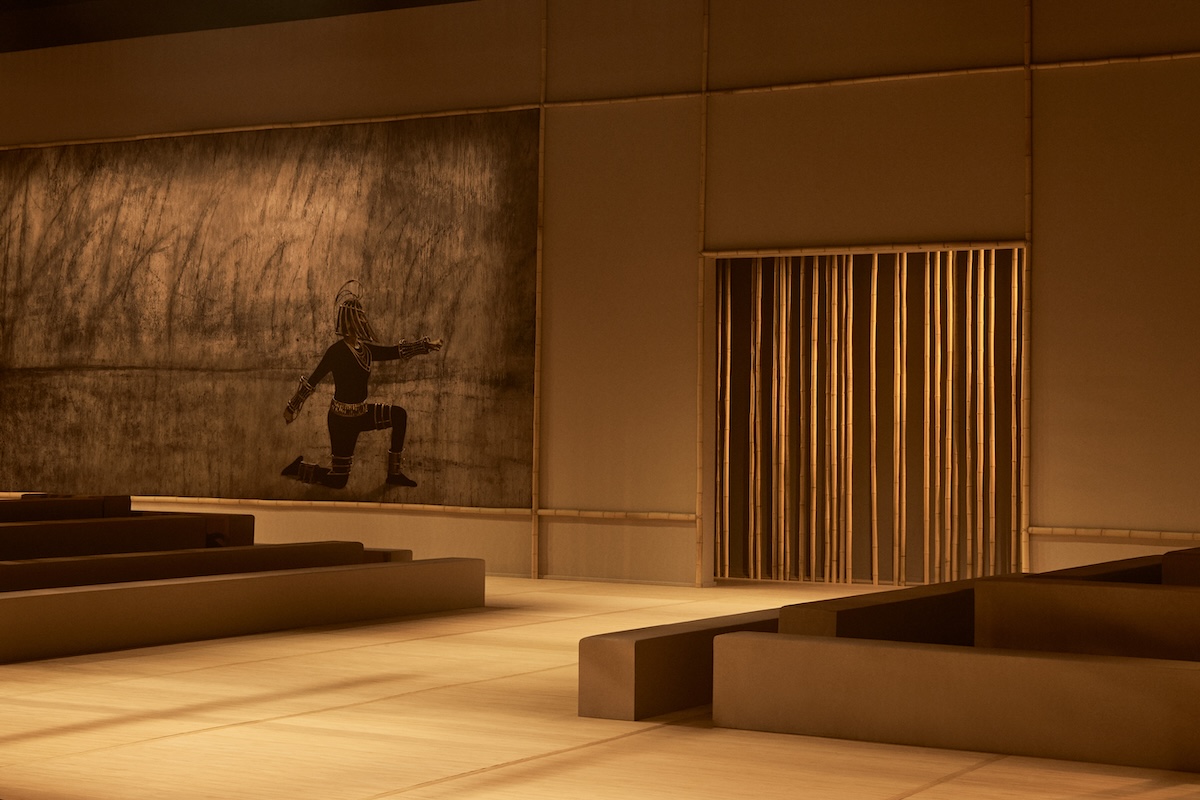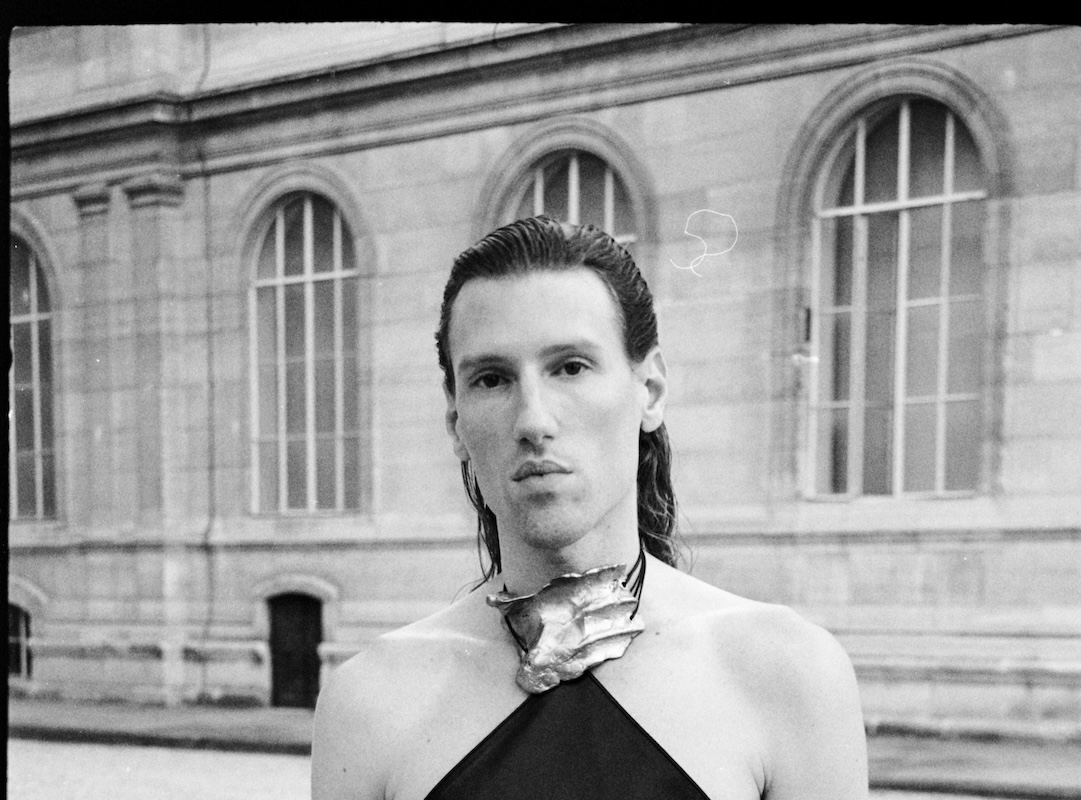In Paris this week, Alaïa chose to break the mold of your typical fashion show with the debut of an intimate capsule born from a succinct point of origin. Fueled by founder Azzedine Alaïa’s love for interdisciplinary creative exchange and a certain artist of the Cubist movement, the silhouettes have each been informed by Pablo Picasso’s series of Tanagras, which he made in 1947 and 1948.
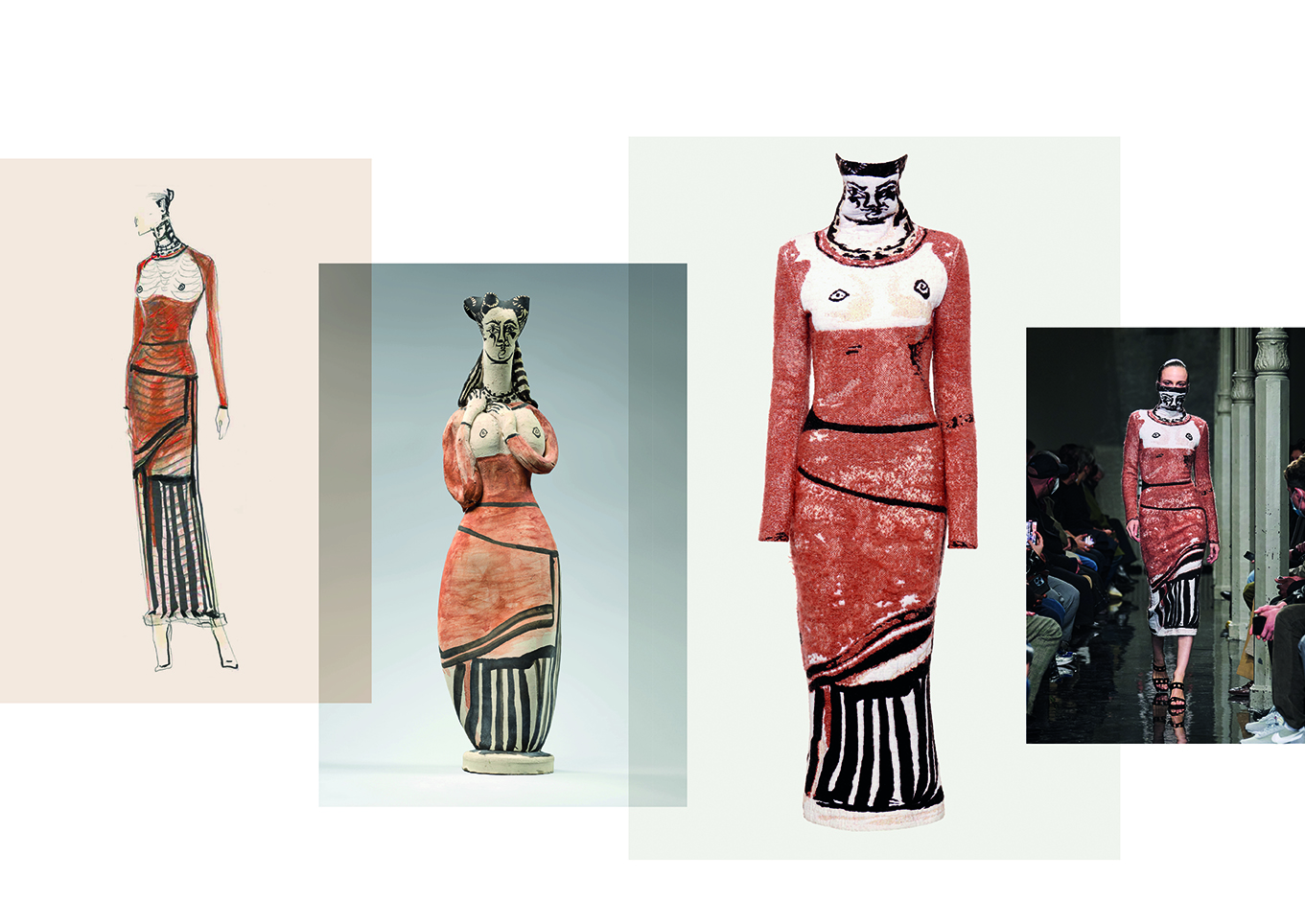 © Picasso Estate, courtesy of Alaïa.
© Picasso Estate, courtesy of Alaïa.
Originating in the 4th century BC in locations of Mediterranean geography, Tanagras pay homage to the beauty of the bodies of women, presenting as regal, sculptural figures clothed in drapery. Crafted in the Madoura atelier in Vallauris following World War II, Picasso’s iterations unsurprisingly exhibit the artist’s singular style. Rendered in ceramic, the feminine bodies in sloping shapes were then painted with imaginative proportions and markings suggestive of shapely figures and the same draped clothing as their ancient counterparts.
Selecting six Picasso Tanagras, Alaïa’s Creative Director Pieter Muller imparted wearable versions of these mystical figures to his audience, their colors and markings redefined through graphic dresses with a couture essence. Clinging to the body—in reverence to the figures they embraced as well as the art which inspired them—were textural markings, curious faces, and figurative scribbles, painted across uncomplicated shapes featuring hems falling below the knees, long sleeves, and extended turtlenecks that were worn covering the lower half of the face. The alluring silhouettes bore the artist’s unforgettable signature, which detailed his figures with features like bare breasts, implied folds of colorful fabrics, and black and white compositions chiseling out hourglass shapes.
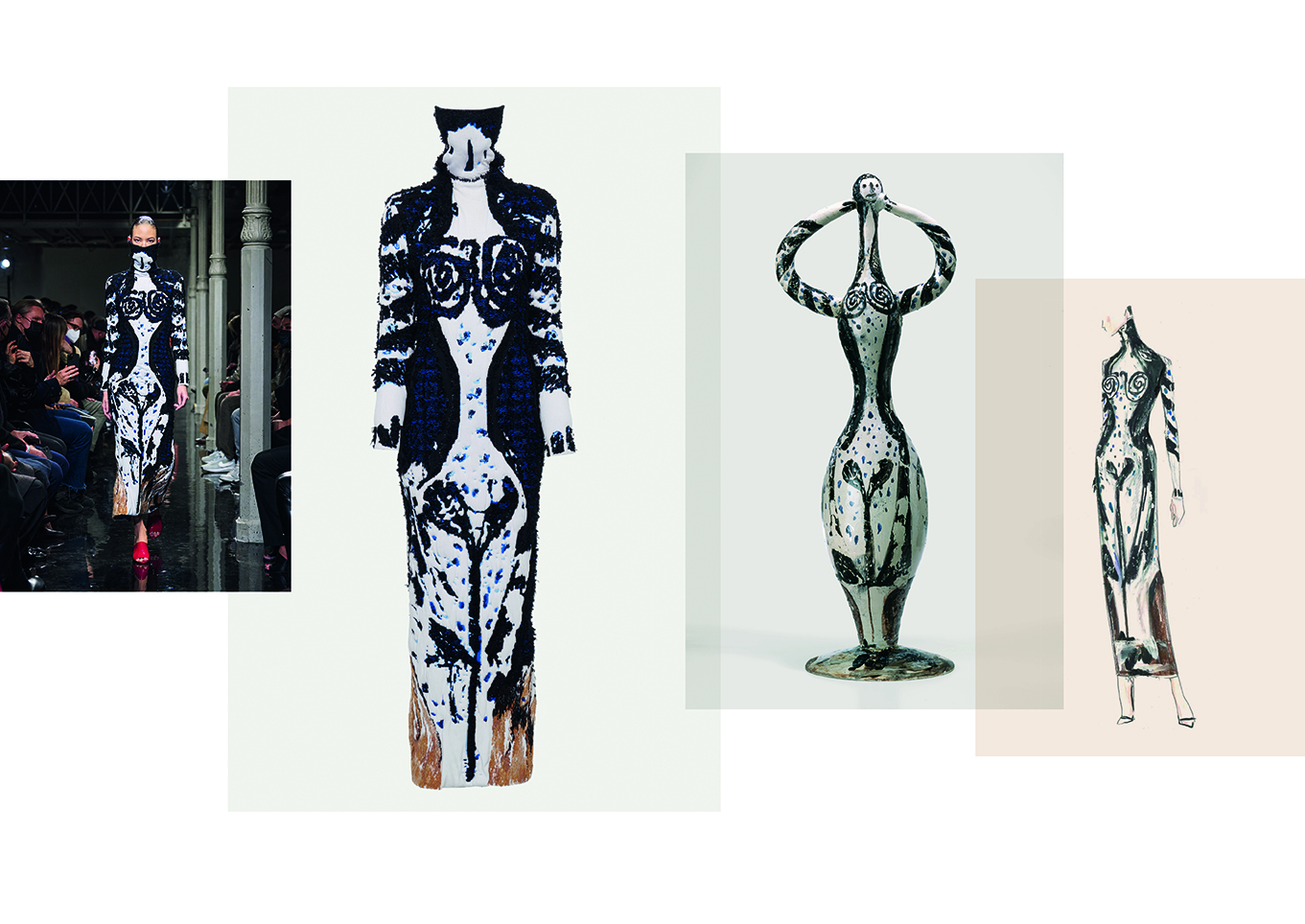 © Picasso Estate, courtesy of Alaïa.
© Picasso Estate, courtesy of Alaïa.
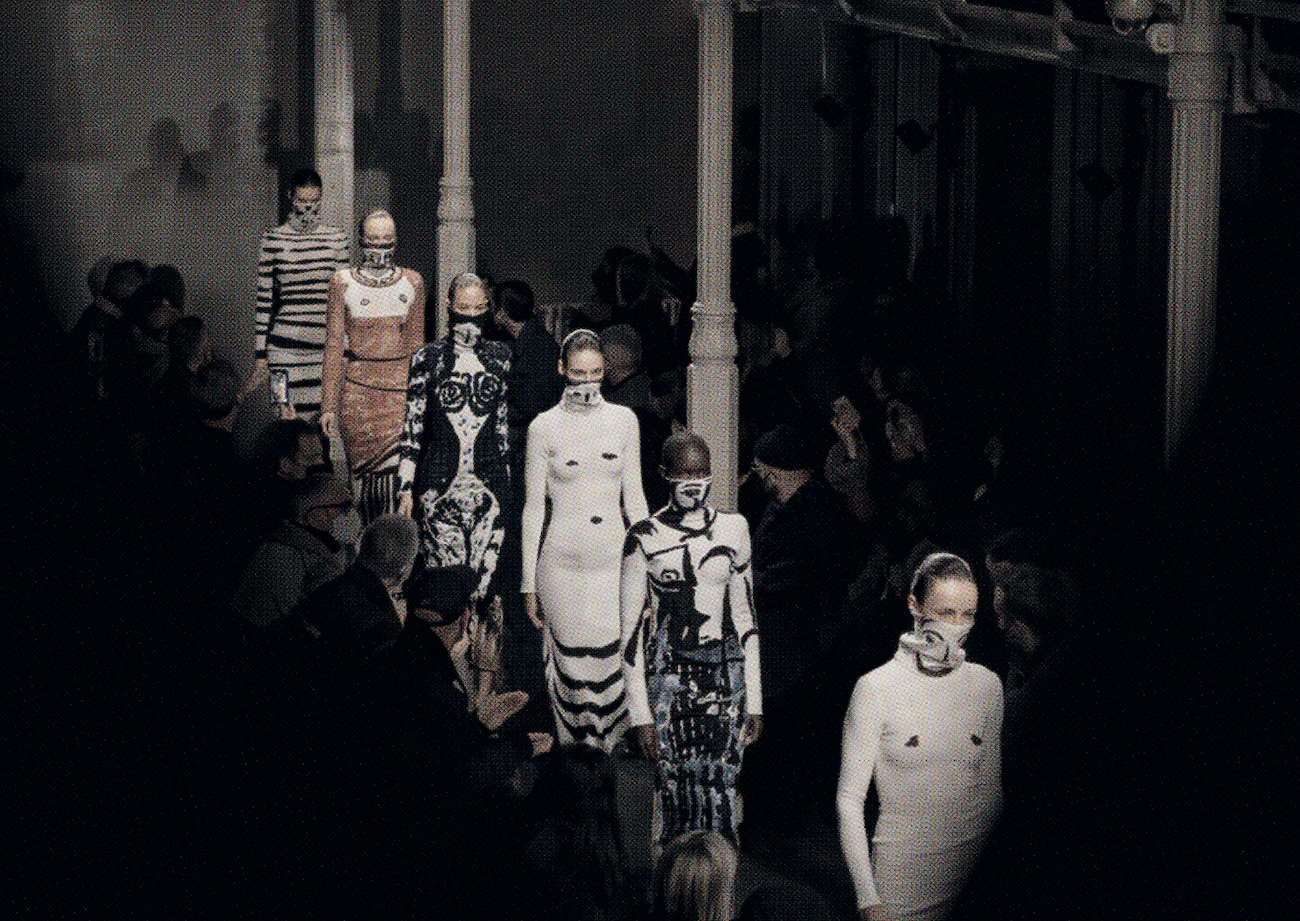 Courtesy of Alaïa.
Courtesy of Alaïa.






